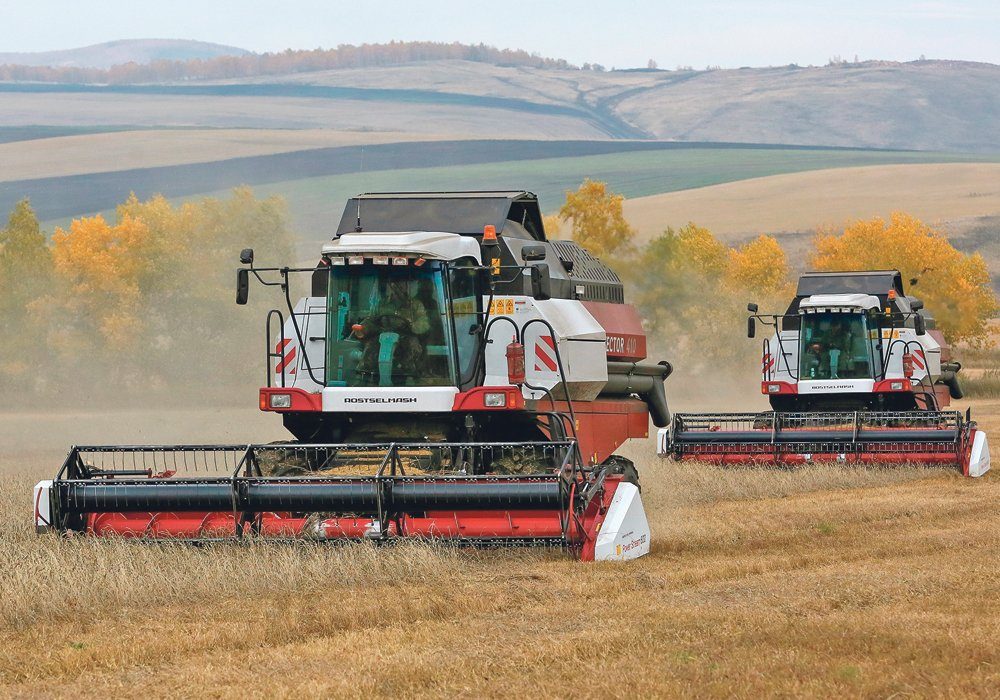Russian crop could set wheat price

Russian wheat crop estimates are all over the map.
The U.S. Department of Agriculture’s first stab at production in the May 12 World Agricultural Supply and Demand Estimates (WASDE) report was 85 million tonnes.
On the same day, the USDA’s Foreign Agricultural Service issued its Russia: Grain and Feed Annual report, which contained a far lower estimate.
The FAS is forecasting 77.5 million tonnes of production in 2021-22.
“Difficult weather conditions at the end of 2020-21 affected the winter crop and reduced crop yield prospects,” stated the FAS.
“This is expected to result in the reseeding of large areas with other crops, primarily oilseeds, and an increase in spring-planted crops.”
Oddly enough, the two agencies are forecasting an identical 40 million tonnes of
Russian wheat exports in 2021-22 despite the 7.5 million tonne discrepancy in production forecasts.
Todd Hultman, DTN’s lead analyst, said that doesn’t make sense. There should be less exportable supplies if the crop was 7.5 million tonnes smaller than the WASDE estimate.
And that could have a significant impact on world prices for the commodity given that Russia is the top exporter of the crop.
He has noticed over the years that the FAS attaché reports tend to take a back seat to other contributing factors in the WASDE estimate, despite the FAS having boots on the ground in Russia.
“I have to say, when it comes to the actual WASDE report, it seems like they get out-voted,” said Hultman.
If he had to choose he would lean more towards the WASDE number because weather conditions have turned favourable in the Black Sea region despite a rough start for the winter wheat crop.
But he added that while it appears Russia’s crop has recovered from its early setbacks, you never know.
“Winter wheat is a very hardy crop. It can take a lot of abuse. But there could still be a surprise lurking in those numbers,” he said.
“You can really be surprised when you get right down to harvest time.”
SovEcon is forecasting 81.7 million tonnes of production, which is smack dab in the middle of the two USDA forecasts.
The agriculture consultancy firm was initially leaning more toward the FAS forecast due to dry fall conditions and what it believed was severe winterkill.
SovEcon’s first forecast was 76.2 million tonnes but that number started to climb when the country received some good spring rains.
Bruce Burnett, analyst with MarketsFarm, said the FAS relies on intelligence gathered from Moscow’s grain trade. The WASDE report takes into account other factors like satellite reconnaissance and weather modelling.
He believes the FAS number is too low and the WASDE number is too high.
“To be perfectly Canadian about it, I’d split the difference,” said Burnett.
But he also stressed that it is too early in the growing season to be coming up with any type of accurate projection.
The Russian winter wheat crop is one to two months behind the U.S. winter wheat crop and the spring wheat crop, which makes up 20 to 25 percent of total production, is just now going in the ground.
“It’s like asking what the yield potential of the Canadian crop would be,” said Burnett.
The other big factor to consider is the new flexible export tax on Russian wheat that comes into effect on June 2.
“It is going to impact their exports to some extent,” he said.
Contact sean.pratt@producer.com
Source: producer.com

